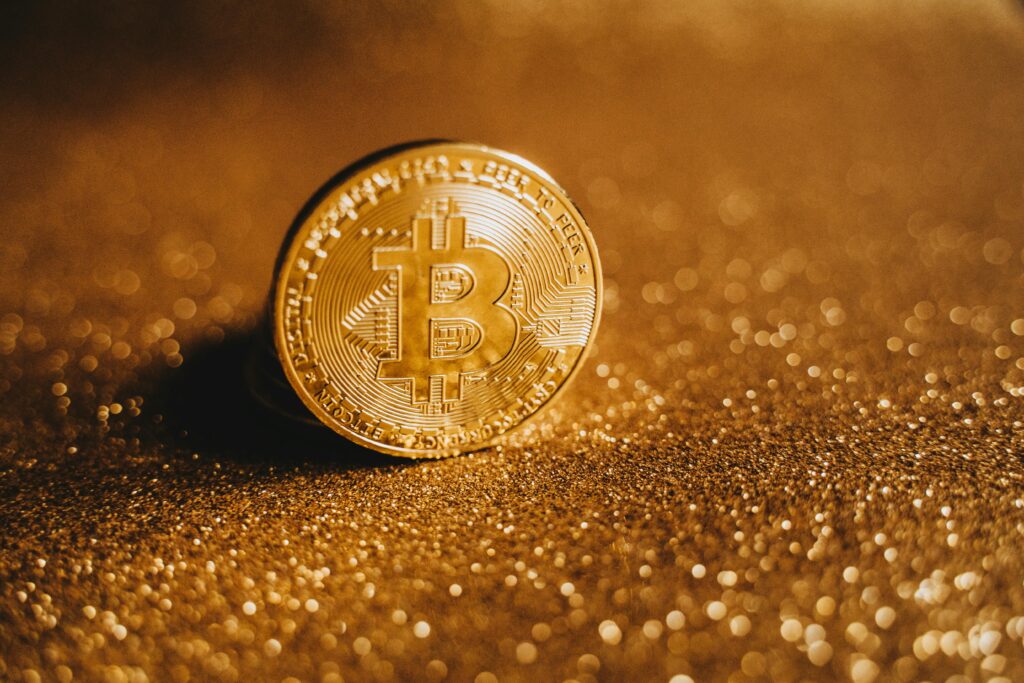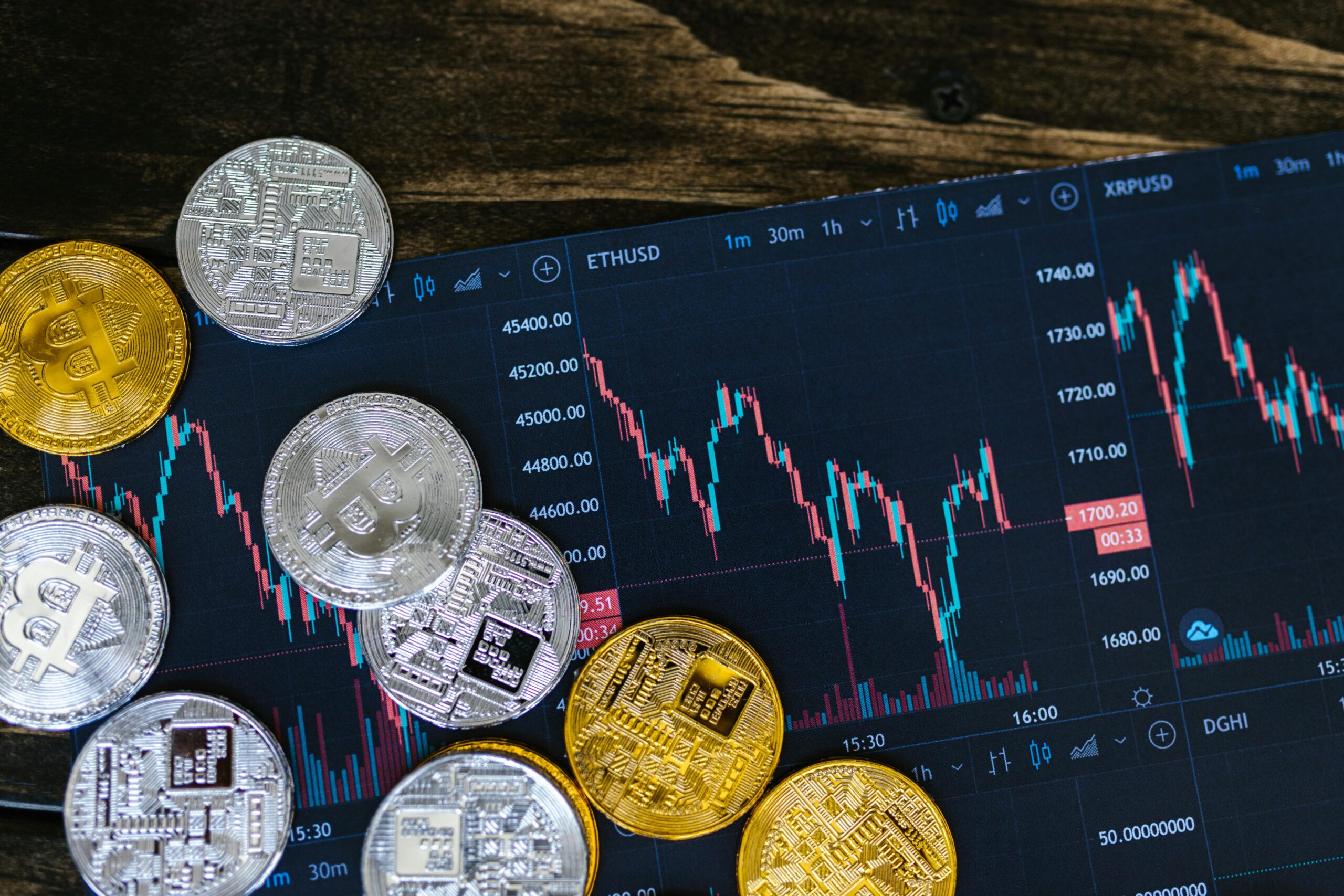Durable dependability in asset preservation has come from investing in gold and precious metals. Whether you know the investing scene or are inexperienced, learning to invest in these precious assets correctly can help you diversify your portfolio and guard against inflation and market instability. The key ideas for investing in gold and precious metals will be discussed in this article so that investors of all stripes may easily follow the process.

Understanding Different Types of Gold and Precious Metal Investments
Before beginning such an activity, you should know several investment strategies for gold or precious metals. Among the various choices are actual metal, mining equities, ETFS, and mutual funds. Every option has pros and cons; choose the one that best suits your financial goals and risk tolerance.
Physical Gold and Precious Metals
Investing in physical gold, silver, or platinum involves purchasing coins, bars, or other physical metal forms. Physical gold has been a preferred choice for millennia as its worth is known everywhere and is simple to keep. Purchasing actual metals, however, comes with storage and insurance expenses that can lower your total investment return.
Gold Mining Stocks and ETFS
Owning a gold mining business is another way to invest in precious metals. Buying gold mining stocks means you effectively depend on the company’s capacity to profitably market gold. However, these stocks may be erratic, and elements like management choices, mining expenses, and gold prices influence their performance.
Precious metal exchange-traded funds (ETFS) provide another option for tracking the price of gold or other metals. ETFS offer a more straightforward approach to investing in gold, free from personal metal ownership. They are also a more liquid choice, and their value varies with the underlying asset’s price.
Precious Metals Mutual Funds
Investing in precious metal mutual funds can give you a detached attitude. These funds aggregate money from several investors to purchase commodities or shares in mining corporations. Although they can expose valuable metals, they might not perform as well as investing in real metals or mining equities, and might also include management costs.
How to Evaluate Gold and Precious Metal Markets
Making wise judgments demands an awareness of the gold and precious metal market. Geopolitical events, inflation rates, and interest rates are among the several elements that could affect the price of gold. Tracking these factors attentively can help you forecast how they could influence the value of your investment.
Impact of Inflation and Interest Rates
Traditionally, gold has been seen as a counterpoint to inflation. The value of paper money declines amid heavy inflation; gold often increases in value. Low interest rates sometimes cause investors to migrate their funds into gold for greater returns. Knowing how interest rates and inflation affect the gold market can enable better timing of your investments.
Global Geopolitical Events
Geopolitical events, political unrest, or wars might influence the cost of other precious metals and gold. People often purchase gold as a haven during crises, raising prices. One should be updated on world affairs that could affect the precious metal market.
Supply and Demand
Like any commodity, gold and precious metal prices are partly determined by supply and demand. Elements such as mine output rates, technological developments, and metal consumption in diverse sectors, including electronics and jewellery, can influence the balance of supply and demand. Maintaining current with mining industry developments and world demand will enable you to invest wisely.
Tips for Buying Gold and Precious Metals
Knowing where and how to do so is crucial once you decide to acquire gold or other precious metals. Though the purchasing procedure might be straightforward, ensuring you are making a wise purchase and obtaining good value is essential.
Buy from Reputable Dealers
You should always deal with honest vendors when purchasing gold, silver, or any precious metal. Though there are many dealers online, not all of them provide reasonable pricing or reliable goods. Search for vendors with stellar credentials and track records, and always confirm the metal’s genuineness.
Understand the Pricing of Precious Metals
The state of the market determines the price of gold and other precious metals. Knowing how prices are usually set based on the spot price and the current market price for instantaneous delivery helps one better grasp this. Purchasing actual metals might include surcharges for production and distribution expenses of coins or bars, so be ready for a price higher than the market price.
Secure Storage Solutions
Safe storage of your gold and precious metals is crucial once you have completed a purchase. Many investors decide to keep genuine gold and silver in a private, secure storage facility or a safe deposit box at a bank. Although keeping your metals at home is enticing, you run a far greater risk of theft or loss without expert storage facilities.
How to Avoid Common Mistakes When Investing in Precious Metals
Though difficult, investing in gold and precious metals may be successful. You can maximise your profits and safeguard your capital over time by avoiding typical errors.
Don’t Let Emotions Drive Your Investment Decisions
Many investors let emotions guide their decisions, particularly in volatile pricing environments. Although it may be easy to buy impulsively if gold prices are skyrocketing, one should consider the price’s sustainability carefully. Apprehensive sales during market declines might cause lost opportunities.
Diversify Your Precious Metal Portfolio
Though a typical investment, gold is not the only precious metal you should consider. Diverse chances abound from silver, platinum, and palladium. Mixing precious metals helps lower the danger of depending on one metal investment. By spreading your investing portfolio over many metals, you may maximise possible rewards and assist in managing risk.
Keep an Eye on Fees and Costs
Investing in precious metals requires one to be aware of the related expenses. Among these might be dealer charges, insurance premiums, and storage expenses. If you are not careful, these expenses can cut into your gains, whether you’re buying ETFS or actual metals. Before investing, consider all costs to justify the long term value.
Monitoring and Adjusting Your Precious Metals Investment Strategy
Your precious metals investment plan should be routinely monitored and changed like any investment. The market for gold and other metals is dynamic, and what worked for you in the past might not be the most excellent strategy as we advance. Being proactive helps ensure that your assets complement your financial objectives.
Stay Informed About Market Trends
Any investor has to be constantly aware of market events. This implies considering the worldwide economy, interest rates, inflation, and geopolitical developments for valuable metals. Many investors continuously monitor the price of gold and silver, and some rely on financial news sites or market experts to remain current on any market fluctuations. Keeping current can help you make quick judgments that raise your return on investment.
Rebalance Your Portfolio Periodically
Your portfolio could tilt over time, mainly if some of your assets outperform others. If the value of gold increases dramatically, for example, it may account for more of your portfolio than first planned. Rebalancing is changing your assets so your portfolio still satisfies your investing objectives. Should it be required, you may sell part of your gold or precious metal assets and reinvest the money into other asset categories.
Take Advantage of Dollar Cost Averaging
Dollar-cost averaging is a technique wherein, independent of the price of a particular asset, one routinely invests a constant sum of money in it. This strategy might be helpful in the volatile market. Expecting a regular sum over time helps you lower the possibility of making bad judgments motivated by transient changes in the market. Using dollar cost averaging, you may capitalise on market declines and balance the influence of price fluctuations.
Tax Consequences of Investing in Precious Metals and Gold
As with any other investment, investing in gold and precious metals has tax consequences. Your precious metal assets’ taxes rely on your holding and selling method. Knowing these tax issues can enable you to make better judgments and prevent unanticipated tax loads.
Capital Gains Tax on Precious Metals
Selling gold or other precious metals might result in capital gains tax on any profits. Your income level and length of investment holding determine the tax rate. Should you have owned the item for more than a year, you can be eligible for long term capital gains tax, usually at rates lower than those for the short term. Still, your nation of residency and other considerations will affect the tax treatment.
Collectible Tax Rates for Gold Coins
Gold coins and bullion are often taxed as collectibles in the United States, so they are liable to a higher tax rate than other assets. The IRS handles gold, silver, and other precious metals as collectibles, so the long term capital gains tax rate may reach 28%. See a tax advisor to learn the tax rates relevant to your investment.
Reporting Precious Metal Investments
Should you purchase or sell large quantities of gold and other precious metals, you might have to notify the IRS or your local tax authorities of the transactions. Particularly when they surpass defined criteria, dealers are often obliged to document individual acquisitions and transactions of precious metals. Working with a tax specialist and tracking your purchases can guarantee that you follow tax laws.
Retirement Planning Using Precious Metals
Additionally, precious metals are crucial for retirement planning. Because gold and other metals may provide a consistent store of value and an inflation hedge, many investors include them in their long term retirement plans. There are benefits and drawbacks to including precious metals in your retirement portfolio.
Gold in a Self Directed IRA
A self directed IRA (individual retirement account) is among the most commonly used strategies for investing in gold for retirement. A self directed IRA lets you profit from tax benefits while investing in actual gold and other precious metals. However, because there are strict guidelines on handling and storing gold, working with a custodian specialising in precious metals IRAS is essential.
Diversification Within a 401(k) or Traditional IRA
Investing in gold mining equities or precious metal ETFS can expose you to precious metals, whether or not you currently have a 401(k) or regular IRA. While still inside the framework of your retirement plan, these investments can offer indirect access to gold and silver. Once more, diversification is essential. Hence, your goal should be a balanced portfolio comprising several assets.
Balancing Precious Metals with Other Retirement Investments
Although gold and other precious metals may be a significant component of your retirement portfolio, you should not overconcentrate on them. Precious metals sometimes offer smaller yields than equities and bonds; hence, adding them to your retirement strategy should be part of a diversified strategy. Before deciding to have precious metals as a sizable share of your retirement assets, consider your risk tolerance and retirement objectives.
Conclusion
One smart and successful way to diversify your investing portfolio is to buy gold and other precious metals. This will guard against inflation and save you riches during economic uncertainty. Like any investment, though, it calls for cautious preparation, knowledge of market trends, and awareness of the hazards involved. Following the advice in this article will help you make wise selections and guarantee that, over time, your precious metal investments serve you.
